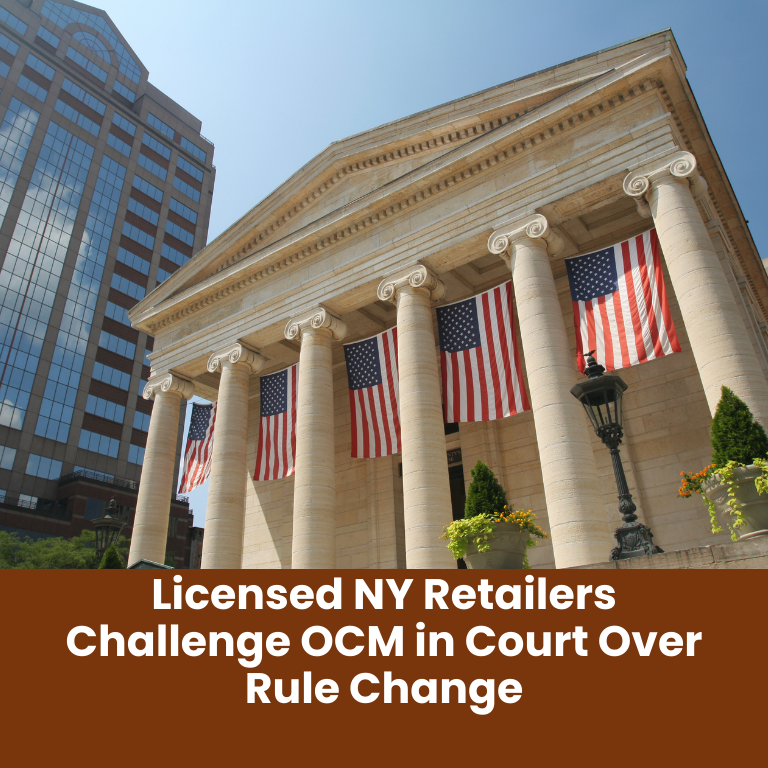The U.S. healthcare system is heading toward another sharp increase in costs. Industry analysts project a 9% rise in healthcare expenses in 2026, marking one of the steepest annual hikes in recent years. While rising healthcare costs are expected to challenge employers across the economy, the cannabis industry—already burdened by unique financial, regulatory, and workforce pressures—faces an especially difficult road ahead.
As legal cannabis continues to grow from a patchwork of state programs into a multibillion-dollar national industry, the ability of companies to provide competitive healthcare benefits will be a key factor in attracting and retaining talent. Yet for cannabis operators, the combination of tax restrictions, limited access to traditional financial services, and an evolving labor market means that a 9% increase in healthcare costs could strain margins and reshape hiring strategies.
Rising Healthcare Costs: The Bigger Picture
The expected 9% increase in 2026 stems from several factors:
- Inflation in medical services and prescription drugs
- Higher labor costs in healthcare systems
- Increased utilization of healthcare after the pandemic
- Growing prevalence of chronic conditions
For most employers, these rising costs will translate into higher premiums for group health insurance plans, greater employee contributions, and more pressure to shift costs through higher deductibles or reduced benefits.
In industries with strong financial reserves, large workforces, or access to scale—such as tech or manufacturing—companies may be able to absorb some of the increase. But in cannabis, the equation is far more challenging.
The Cannabis Industry’s Financial Squeeze
Cannabis businesses operate under unique financial pressures that already make offering healthcare benefits difficult:
- Section 280E of the Internal Revenue Code
Because cannabis is still federally illegal, operators cannot deduct ordinary business expenses like healthcare contributions, insurance, or payroll costs. This dramatically inflates their effective tax rate and reduces available cash to spend on benefits.
- Banking and Insurance Limitations
Restricted access to federal banking and commercial insurance markets means cannabis operators often face higher fees, premiums, and administrative costs than businesses in other industries.
- Thin Margins in a Competitive Market
With wholesale cannabis prices dropping in many states due to oversupply, margins are tight. Every additional cost—such as a nearly double-digit increase in healthcare premiums—hits harder.
- Investor Fatigue and Limited Capital
Access to capital has slowed, and many cannabis companies are restructuring debt or cutting costs. Rising healthcare obligations could be seen as an expense to trim, even though employees view benefits as essential.
Talent Retention in a Tight Labor Market
The cannabis industry is labor-intensive, relying on cultivation staff, budtenders, compliance officers, marketers, and executives. Many of these positions require specialized knowledge and training. Losing employees to competitors—or to other industries—represents a costly setback.
Healthcare benefits have become one of the most important factors in employee retention. Surveys consistently show that workers value comprehensive healthcare benefits as much as, or more than, salary. For cannabis companies already struggling with turnover, being unable to offer competitive benefits packages could worsen attrition.
If healthcare costs rise by 9% in 2026, cannabis businesses may be forced to make hard choices:
- Reduce benefit quality (higher deductibles, fewer covered services)
- Pass more costs onto employees (lower employer contributions)
- Eliminate healthcare offerings altogether for certain job categories
Each of these choices risks pushing skilled workers to industries that can offer more stability and better benefits.
The Equity Dilemma
The cannabis industry has long been framed as a vehicle for social equity—a way to provide opportunities for communities harmed by prohibition. Many states have prioritized licensing for justice-involved entrepreneurs, women, and minority-owned businesses.
But these same businesses often operate with less access to capital, thinner financial safety nets, and fewer resources to absorb rising costs. A 9% increase in healthcare expenses could disproportionately harm equity licensees, forcing them to cut benefits or risk insolvency.
That reality threatens to undermine the broader policy goals of legalization. If only well-capitalized, multi-state operators (MSOs) can afford to offer competitive benefits while small equity licensees fall behind, the industry risks repeating patterns of inequality.
Potential Industry Responses
Cannabis companies will need to get creative to manage the healthcare cost surge. Some potential responses include:
- Self-Funded Health Plans (Where Allowed)
Larger cannabis companies may explore self-insurance models, where they directly pay employee claims rather than buying traditional insurance. While risky, self-funding can offer more control and lower long-term costs.
- Professional Employer Organizations (PEOs)
Some cannabis businesses partner with PEOs to access group rates for healthcare and other benefits. By pooling employees with those from other industries, they may secure more affordable premiums.
- Tiered Benefits Packages
Employers may introduce multiple healthcare plan tiers, allowing employees to choose between more affordable basic coverage and higher-cost comprehensive plans.
- Wellness and Preventive Care Programs
Investment in preventive care and wellness programs—such as mental health services, fitness incentives, or telehealth—can reduce long-term costs by lowering claims.
- Policy Advocacy
Cannabis industry associations may step up lobbying efforts for federal reforms, such as repealing 280E or expanding access to banking, which would free up capital for employee benefits.
Long-Term Risks for the Industry
If healthcare costs continue to rise and cannabis operators fail to keep up, the industry faces several risks:
- High Turnover: Skilled employees may migrate to industries offering stronger benefits, leaving cannabis businesses with constant hiring and training costs.
- Reputation Issues: Cannabis companies that fail to offer adequate benefits could be seen as exploitative or unstable, damaging their brand.
- Equity Setbacks: Social equity licensees may fail at higher rates, undermining diversity and inclusion goals.
- Regulatory Tension: Policymakers may increase scrutiny on companies that cut employee benefits while still profiting from legalization.
The Federal Factor
Federal reform remains the biggest potential game-changer. If cannabis is rescheduled or descheduled, operators could deduct healthcare costs under normal tax rules and gain wider access to banking and insurance markets. That would significantly ease the burden of a 9% increase in healthcare expenses.
However, with the timeline for federal reform still uncertain, cannabis companies must prepare for 2026 as if they will continue operating under current restrictions.
Preparing for the Strain
The projected 9% rise in healthcare costs in 2026 poses a serious challenge for the cannabis industry. Unlike many other sectors, cannabis businesses face compounded pressures: punitive tax laws, limited banking access, competitive oversupply, and a workforce that expects fair benefits.
To remain competitive, cannabis employers must adapt by exploring alternative healthcare solutions, collaborating with industry peers, and advocating for policy reform. Cutting benefits entirely is not a viable solution, it risks turnover, reputational harm, and the erosion of social equity goals.
Ultimately, the cannabis industry’s ability to weather rising healthcare costs will be a litmus test of its maturity. Companies that find innovative ways to support their employees, despite financial strain, will not only retain talent but also demonstrate that cannabis can build a sustainable, responsible, and equitable future.










